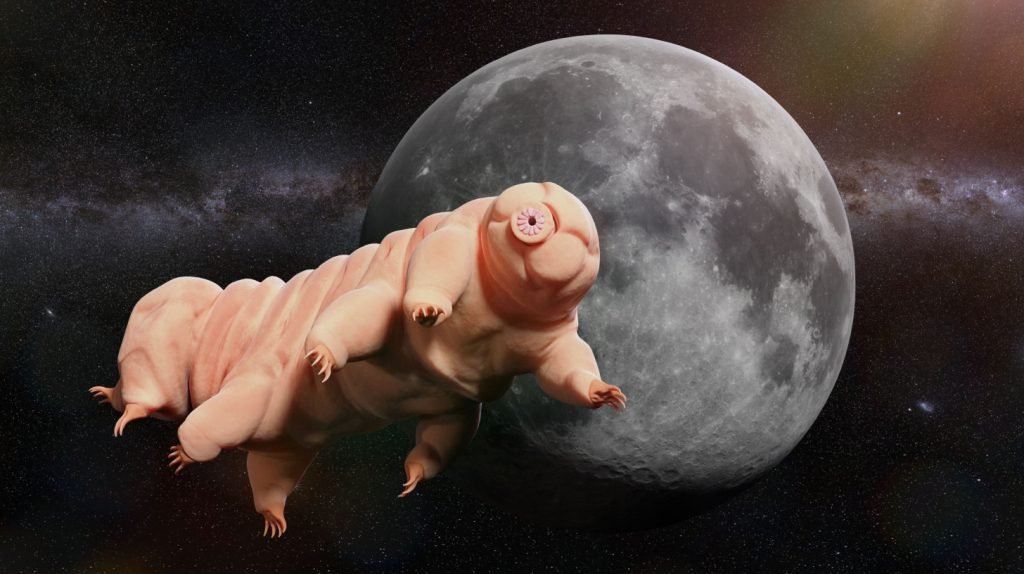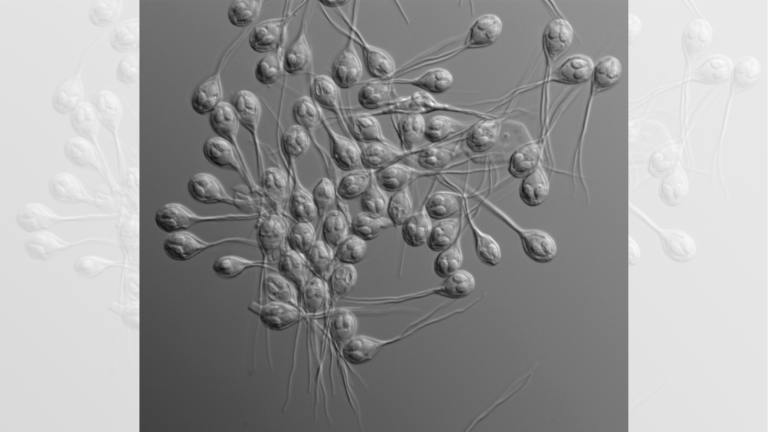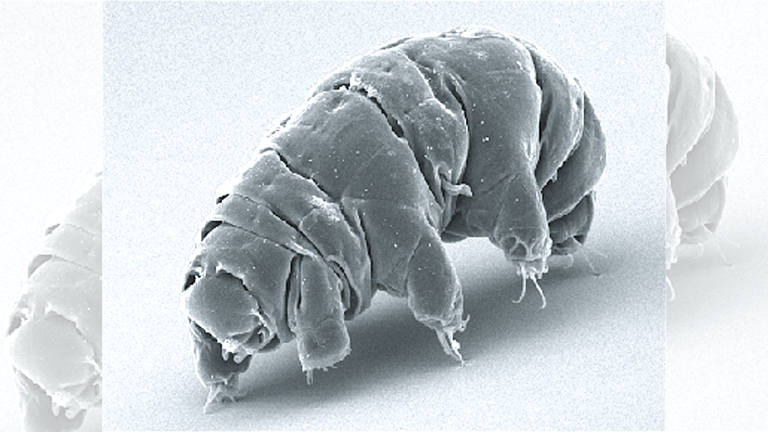Animals That Can Survive Without Oxygen
In the natural world, oxygen is essential for most living beings. However, a few extraordinary animals have evolved to survive without it, defying conventional biology. These unique creatures thrive in oxygen-deprived environments, showcasing the incredible adaptability of life.

One such animal is Henneguya salminicola, a microscopic parasite found in salmon. This fascinating organism is the first known animal to live entirely without oxygen. Unlike most multicellular creatures, it lacks mitochondria—the structures in cells that use oxygen to produce energy. Instead, Henneguya relies on anaerobic processes, similar to some single-celled organisms, to survive.

Another example is the Halicephalobus mephisto, a type of nematode (roundworm) that thrives in extreme underground environments. Found in South African gold mines over 2 miles below the surface, these worms live in water with almost no oxygen. Their remarkable survival is attributed to their ability to metabolize energy in harsh, oxygen-poor conditions.
Additionally, certain species of brine shrimp and killifish embryos can survive without oxygen temporarily. These creatures enter a state called anoxia-induced quiescence, where their metabolic processes slow down dramatically. This allows them to endure periods of oxygen deprivation, such as in drying ponds or oxygen-depleted water.

Jellyfish-like creatures called Turritopsis dohrnii also exhibit unique survival traits. Known as the “immortal jellyfish,” they can revert to an earlier stage of their life cycle under stress, allowing them to adapt to low-oxygen environments effectively.
The study of these oxygen-independent animals not only expands our understanding of biology but also provides insights into how life might exist in extreme environments on Earth and potentially on other planets. Their resilience challenges the boundaries of what we consider necessary for survival and highlights the incredible diversity of life on our planet.

